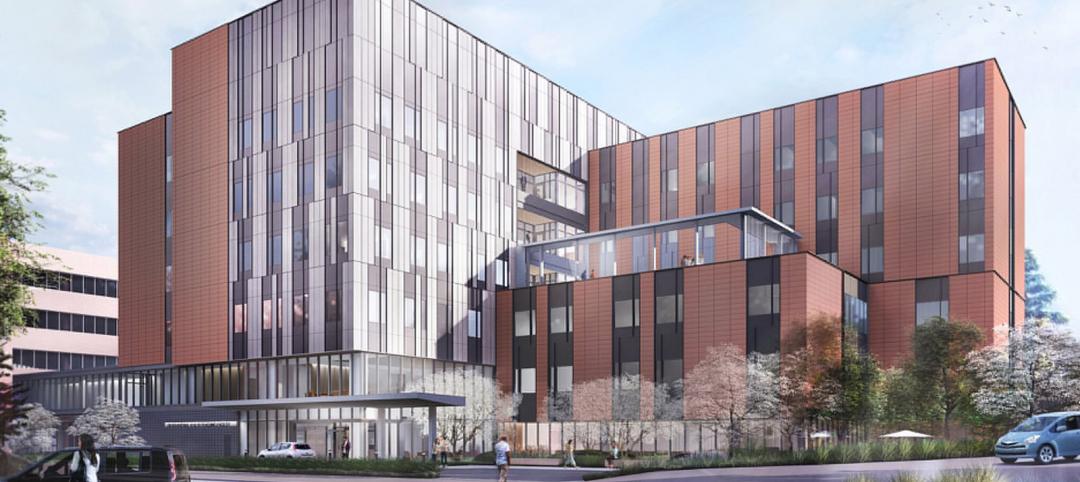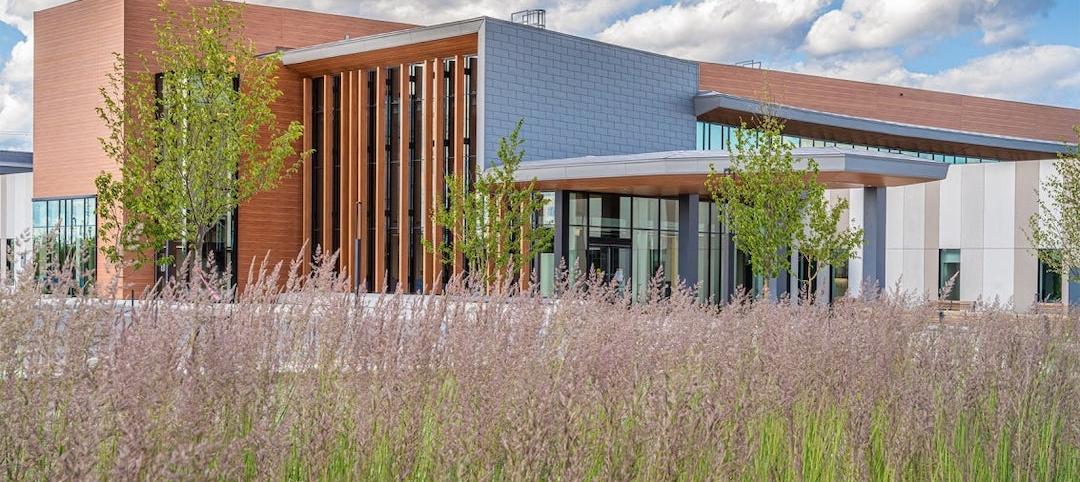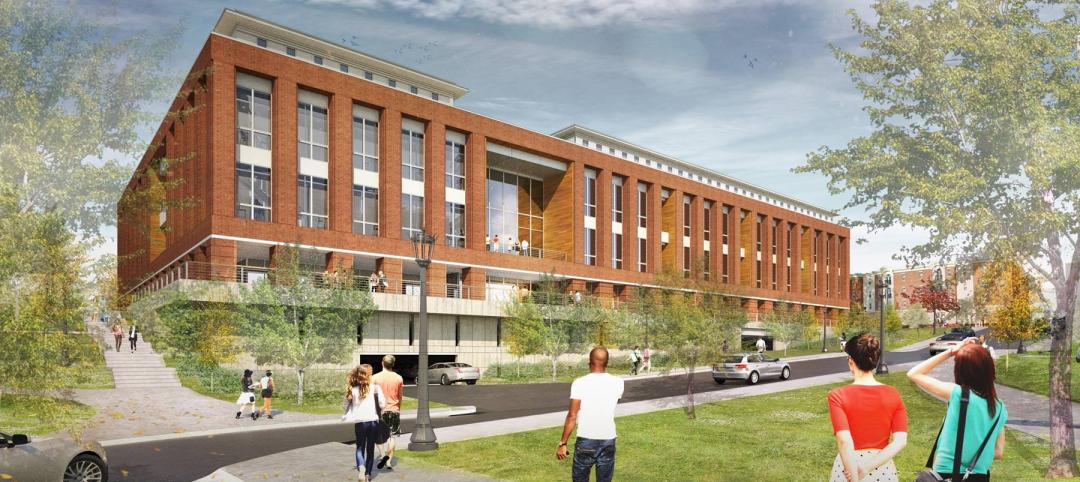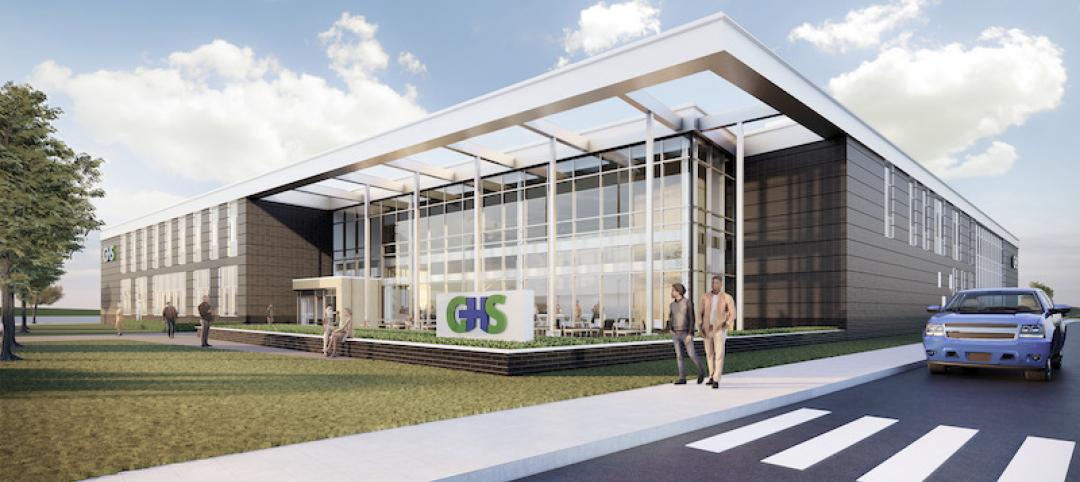Uncertainty and high risk are kryptonite to any investment community, and the healthcare real estate sector has seen a heavy dose of both since the beginning of the Great Recession.
From the economic crash of 2008-09, to the enactment of Obamacare in 2010, to the feds’ latest experiment—Ryancare, Republicare, Trumpcare, whatever you want to call it—no other major business sector has dealt with the level of chaos that healthcare owners, developers, providers, and consumers have faced.
Even as Speaker Paul Ryan’s Obamacare replacement died on the vine in Congress, President Trump and the GOP have no plans to walk away from their promise to repeal and replace the Affordable Care Act.
So, with a long road of political and financial uncertainty ahead for the healthcare sector, what does this mean for the nonresidential construction industry’s third-largest sector ($41 billion in annual construction spending)?
In the days and weeks following Trump’s historic victory, the consensus among healthcare sector analysts and AEC professionals was that the repeal and replace efforts would cause healthcare owners and developers to pump the brakes on major real estate construction and renovation plans in the pipeline. This, of course, was the case during the early days of the ACA, when many healthcare organizations halted construction projects until they could fully understand the implications of the law, especially the reimbursement structure.
More recent projections paint a slightly more positive picture for the healthcare construction market, at least in the near-term. In its latest healthcare real estate investment update, released last month (http://tinyurl.com/CBREhc17), CBRE Healthcare reported that healthcare providers “appear to be moving along with their strategy”—including their real estate plans—despite the turmoil in Washington, D.C.
“The ACA was a wake-up call for healthcare providers,” the report states. “In the last several years, healthcare providers have focused on ways to deliver care more efficiently and capture a greater market share to further their economies of scale. For developers, this means more outpatient facilities and a push to expand into new markets.”
Other real estate experts are not as upbeat. John Burns Real Estate Consulting, a respected housing market analyst based in Irvine, Calif., released a 68-page white paper last month (http://tinyurl.com/JBRChc17) that identifies healthcare as one of three major industries (the others being technology and automotive) that are “overheated and will likely be shedding jobs sometime soon.”
The most alarming indicator cited by JBRC: the sector’s rapid accumulation of debt—308% since 2009. This rate of growth far outpaces industry job and GDP growth, a circumstance that, historically, has triggered industry downturns.
Related Stories
Healthcare Facilities | Oct 21, 2021
UW Medical Center starts construction on Behavioral Health Teaching Facility
Will add much-needed patient bed capacity for Seattle.
Healthcare Facilities | Oct 20, 2021
Ware Malcomb completes Princeton Longevity Center at 1 World Trade Center
The project is located on the 71st floor.
Healthcare Facilities | Oct 6, 2021
Orléans Health Hub is Ottawa’s newest healthcare facility
HDR designed the project.
Healthcare Facilities | Oct 4, 2021
Saltzer Health Ten Mile Medical Campus completes in Meridian, Idaho
Cushing Terrell designed the project.
Healthcare Facilities | Sep 20, 2021
Wellness is now part of more colleges’ health services
New center at the University of Virginia unifies major health departments.
Giants 400 | Aug 30, 2021
2021 Giants 400 Report: Ranking the largest architecture, engineering, and construction firms in the U.S.
The 2021 Giants 400 Report includes more than 130 rankings across 25 building sectors and specialty categories.
Giants 400 | Aug 27, 2021
2021 Healthcare Sector Giants: Top architecture, engineering, and construction firms in the U.S. healthcare facilities sector
HDR, AECOM, Turner Construction, and Brasfield & Gorrie head BD+C's rankings of the nation's largest healthcare facilities sector architecture, engineering, and construction firms, as reported in the 2021 Giants 400 Report.
Healthcare Facilities | Aug 24, 2021
Center for Children’s Integrated Services breaks ground in Flint
HED is designing the project.
University Buildings | Aug 19, 2021
School of Medicine completes on California University of Science and Medicine’s new Colton campus
The project was designed and built to address critical public health needs in an underserved region.
Resiliency | Aug 19, 2021
White paper outlines cost-effective flood protection approaches for building owners
A new white paper from Walter P Moore offers an in-depth review of the flood protection process and proven approaches.

















